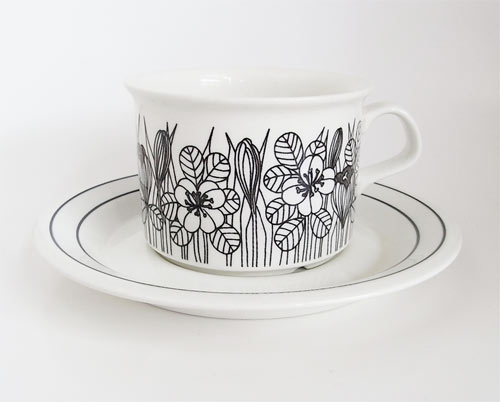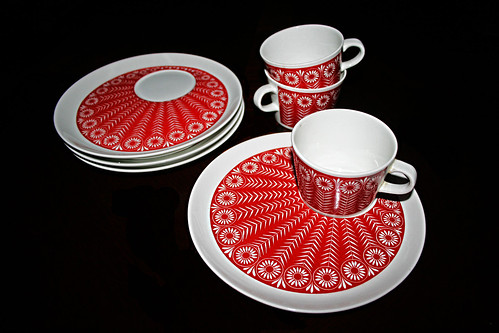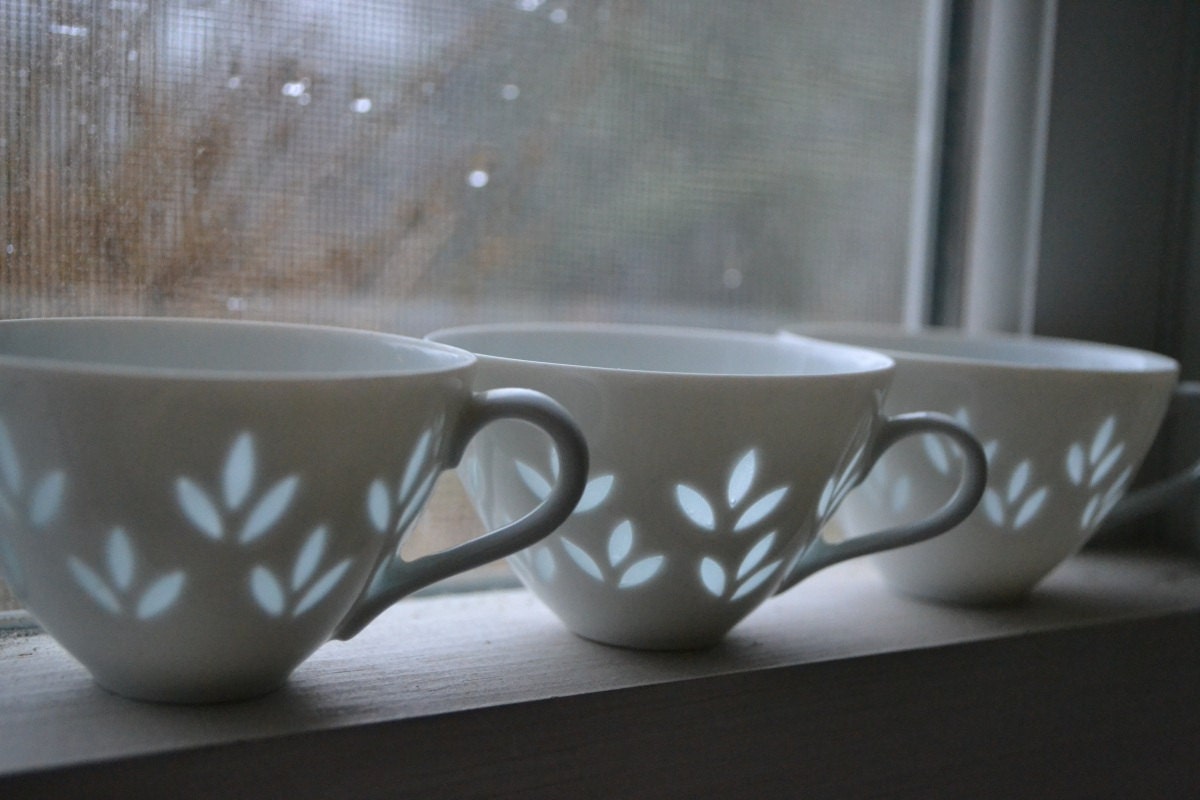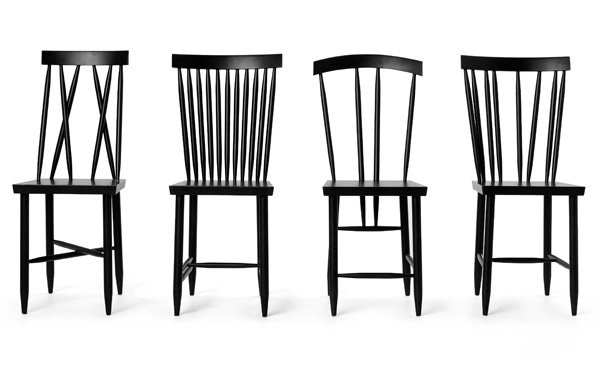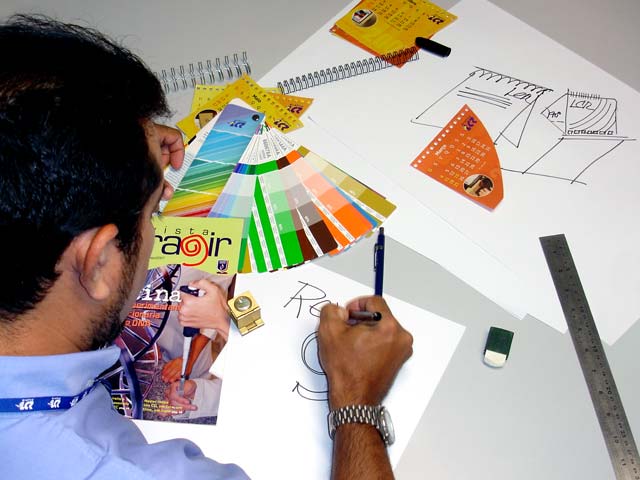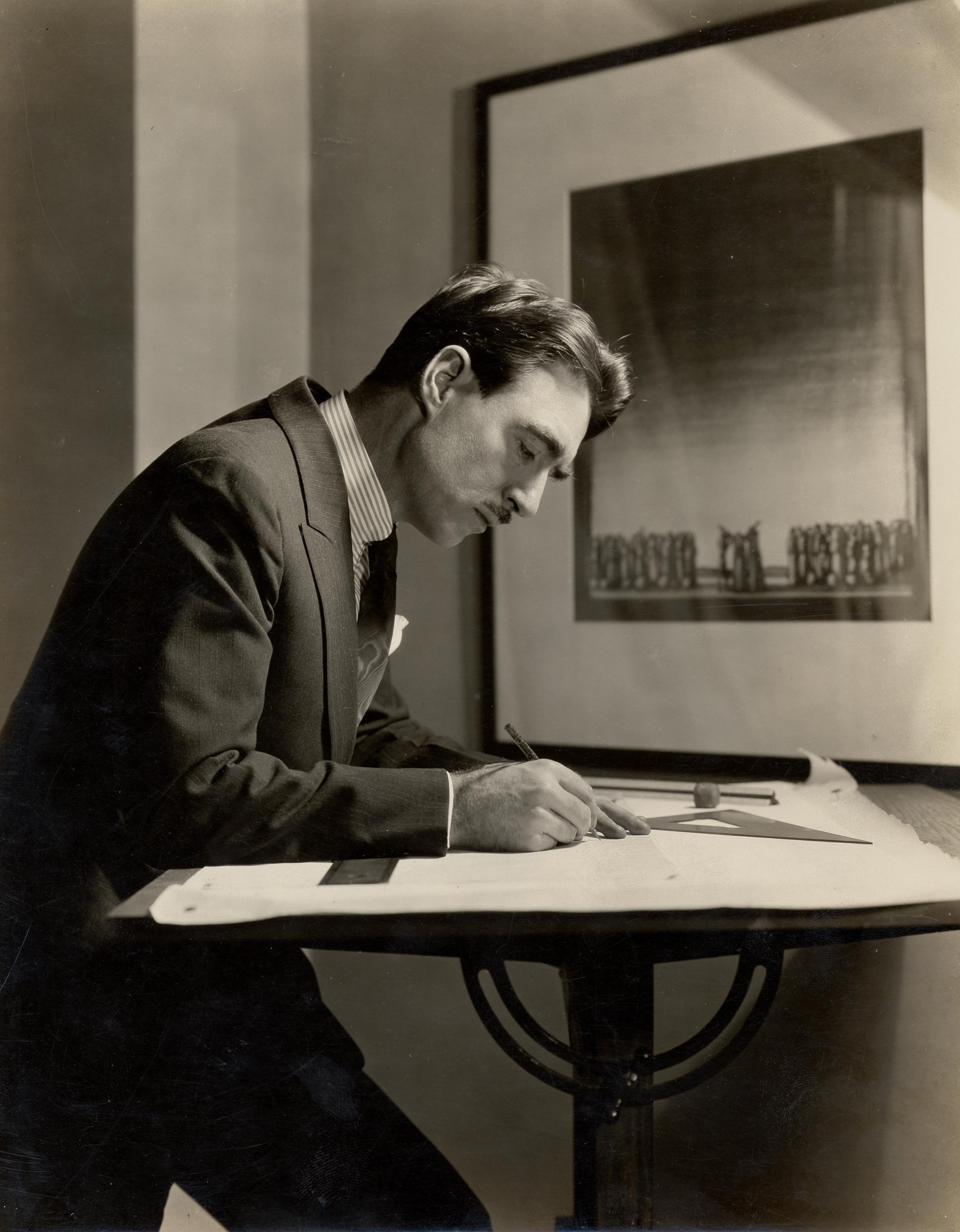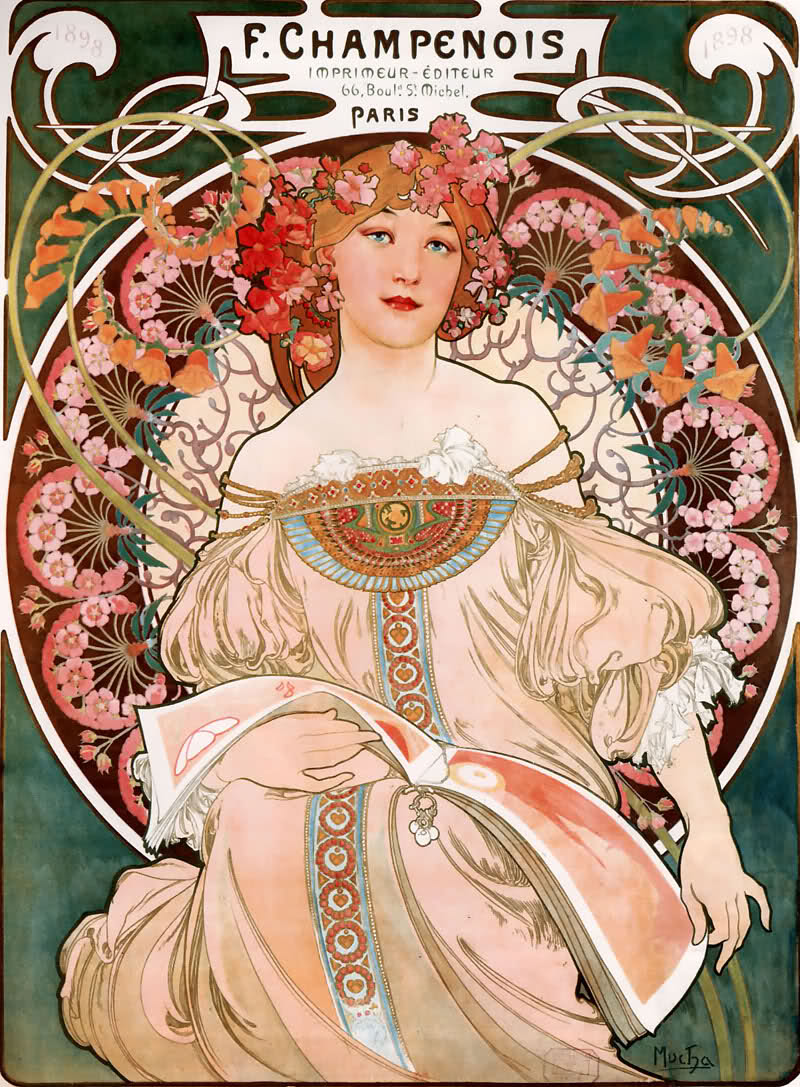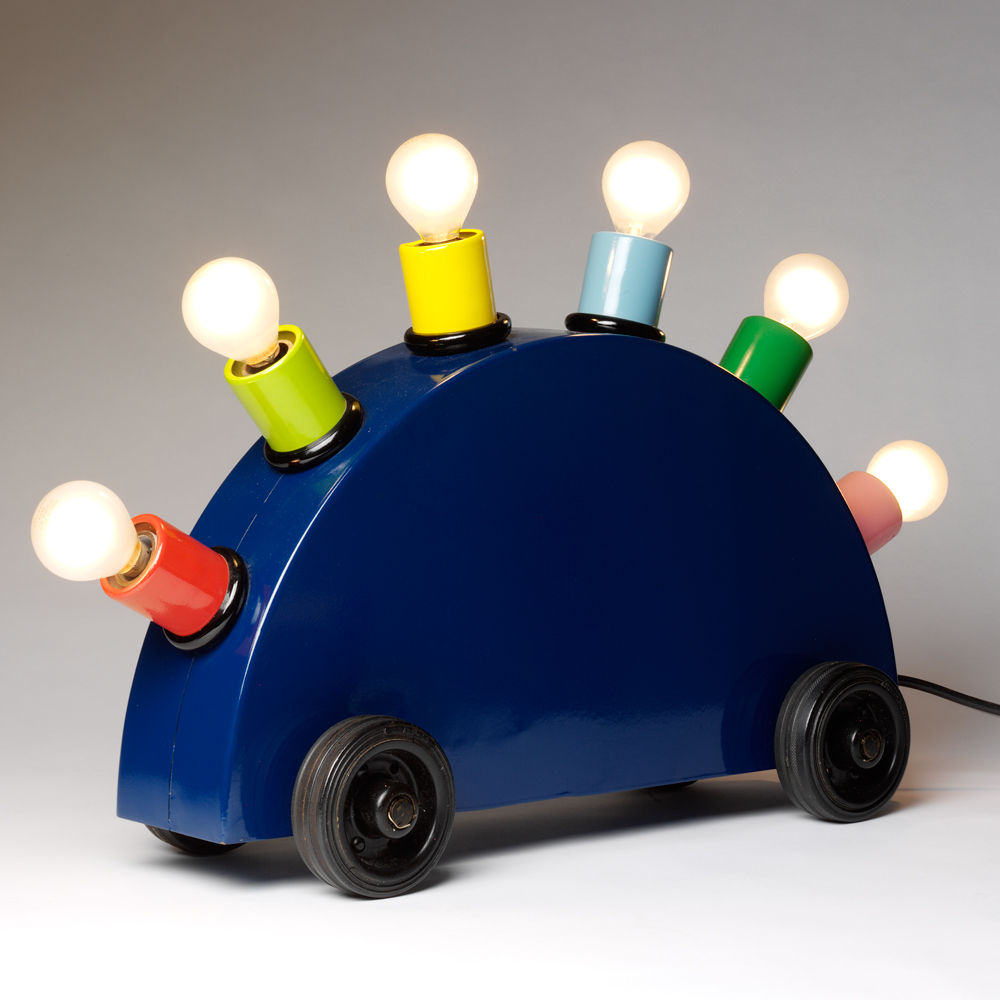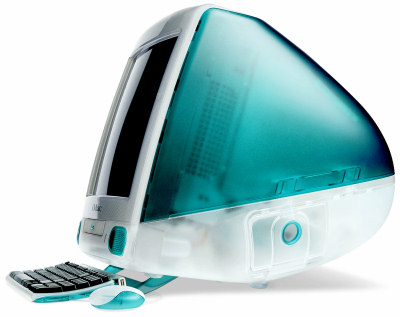UNDERSTANDING DESIGN:
150 REFLECTIONS ON BEING A DESIGNER
BY KEES DORST
Details
about the book:
Name: Understanding Design. 150 Reflections on Being a Designer
Author:
Kees Dorst
ISBN: 9063690401
208 pages, hardback
ISBN: 9063690401
208 pages, hardback
Published: 2003, BIS Publishers, Amsterdam
What does it mean to be a designer, and what does it take to
be a good designer? “Understanding
Design” invites designers to think about what they do, how they do it,
and why they aim for a certain effect. The book consists of 150 short,
1-paged essays about design, designers, design philosophy, tools of design,
design education, working in a design team, working for enterprises and other. The stories have
been separated into four main topics (Inside Design, About Design, Being a
Designer, Around Design) to keep coherence, and go through everything from the
philosophy and morality of design to practical guidelines on how to do and
teach design.
“Understanding Design” can serve as a first source of information for anyone interested in expanding their understanding of the area or see their experience and studies so far expressed in words.
Being a design student, of course I related to the book from my viewpoint mainly. I think it was an extremely good experience to read the book while working with the task given in project class. It gave me a lot of assurance when I was lost with the exercise. As it appears, uncertainty in my actions (or not taking action) is all part of design process. Another important thing I learned was that from time to time, it’s necessary to take a step back and not push forward with a concept that won’t work out, though it is really hard to tell when is the right time for this. There’s no time limit how long a design process should last, and there’s no right way to do it.
The writer doesn’t refer much to his own work, but instead, each essay gives general ideas about the subject, asking the reader to go through their own experience to verify the statements. Thanks to that, one starts to ask questions if he or she has experienced described situation, if one should experience it, and compare the offered solutions with what one has done himself.
Dorst is offering a lot of advice in the book. For a fresh design student, that can be really helpful. Doing design projects in school is nothing like meeting clients in one end, engineers in the other, and trying to get design freedom between deadlines, budgets, technical issues and satisfying the customer. I think design projects in school are often made too comfortable for the students, so when they actually start to work, they will need a lot of adjustment time and learn to survive. The book gives a good peek into what’s expecting and what the students should pursue.
As said before, the best audience of the book would be students of design areas, who are in need of practical advice. But Dorst also claims that the essays are a good read for more established professionals. I think, though, that the book is a bit unbalanced in some topics. Some essays give really basic advice about design process and how to deal with the issues encountered, which might become uninteresting for an experienced designer, but in the other hand the author goes really deep with the subject of design education, which, for a freshly graduated design student might be too early to relate. May it be that teaching his viewpoint of design education has become a subcouncious goal for him?
As I was researching for other reviews about the book, I encountered a following statement by Jesse Taggert (2006): “Overall, the one pages essay format is successful and approachable. They require little time to read and can be encountered in any order.” I have to disagree with her, as I found it hard to read continuously, because, as the author wants to have an introduction and ending to each essay, inside one topic, the beginning of one essay tends to repeat the ending of the previous essay. Usually, when reading a book, I don’t read just one page at a time, so reading a few essays in a row left me sometimes annoyed, as I kept going through the same thought many times. Such nuisance would not have happened if Dorst would not have forced the one-page essay format, but given each topic as much room as it needed.
Further in the previously mentioned review she also mentions that the drawback of the format is that some ideas can’t be discussed in depth and some essays appear fatigued, and I agree to her opinion.
Overall, the book is a good read for throughout overview of designers and what their work includes. My suggestion, though, would be to try to read the essays in random order, to keep the freshenss of text. In a way, that approach would well suit the processes designers meet in their everyday work.
About the author:
Kees Dorst is a Dutch design scholar, educator, consultant and practicioner. He trained as an industrial designer at Delft University of Technology. He has worked for various companies and researched the ways in which designers work. He brought about 50 products to market as a product designer for various design firms. Currently he works as a Professor of Design at the faculty of Design, Architecture and Building of the University of Technology, Syndey. Kees Dorst holds professorship in “Entrepreneurial Design of Intelligent Systems” at Eindhoven University of Technology in The Netherlands. He’s a founder and director of the UTS Design Thinking Research Centre and the NSW Designing Out Crime center. He has published 4 books and numerous articles; he’s lecturing at universities and design schools throughout the world.
“Understanding Design” can serve as a first source of information for anyone interested in expanding their understanding of the area or see their experience and studies so far expressed in words.
Being a design student, of course I related to the book from my viewpoint mainly. I think it was an extremely good experience to read the book while working with the task given in project class. It gave me a lot of assurance when I was lost with the exercise. As it appears, uncertainty in my actions (or not taking action) is all part of design process. Another important thing I learned was that from time to time, it’s necessary to take a step back and not push forward with a concept that won’t work out, though it is really hard to tell when is the right time for this. There’s no time limit how long a design process should last, and there’s no right way to do it.
The writer doesn’t refer much to his own work, but instead, each essay gives general ideas about the subject, asking the reader to go through their own experience to verify the statements. Thanks to that, one starts to ask questions if he or she has experienced described situation, if one should experience it, and compare the offered solutions with what one has done himself.
Dorst is offering a lot of advice in the book. For a fresh design student, that can be really helpful. Doing design projects in school is nothing like meeting clients in one end, engineers in the other, and trying to get design freedom between deadlines, budgets, technical issues and satisfying the customer. I think design projects in school are often made too comfortable for the students, so when they actually start to work, they will need a lot of adjustment time and learn to survive. The book gives a good peek into what’s expecting and what the students should pursue.
As said before, the best audience of the book would be students of design areas, who are in need of practical advice. But Dorst also claims that the essays are a good read for more established professionals. I think, though, that the book is a bit unbalanced in some topics. Some essays give really basic advice about design process and how to deal with the issues encountered, which might become uninteresting for an experienced designer, but in the other hand the author goes really deep with the subject of design education, which, for a freshly graduated design student might be too early to relate. May it be that teaching his viewpoint of design education has become a subcouncious goal for him?
As I was researching for other reviews about the book, I encountered a following statement by Jesse Taggert (2006): “Overall, the one pages essay format is successful and approachable. They require little time to read and can be encountered in any order.” I have to disagree with her, as I found it hard to read continuously, because, as the author wants to have an introduction and ending to each essay, inside one topic, the beginning of one essay tends to repeat the ending of the previous essay. Usually, when reading a book, I don’t read just one page at a time, so reading a few essays in a row left me sometimes annoyed, as I kept going through the same thought many times. Such nuisance would not have happened if Dorst would not have forced the one-page essay format, but given each topic as much room as it needed.
Further in the previously mentioned review she also mentions that the drawback of the format is that some ideas can’t be discussed in depth and some essays appear fatigued, and I agree to her opinion.
Overall, the book is a good read for throughout overview of designers and what their work includes. My suggestion, though, would be to try to read the essays in random order, to keep the freshenss of text. In a way, that approach would well suit the processes designers meet in their everyday work.
About the author:
Kees Dorst is a Dutch design scholar, educator, consultant and practicioner. He trained as an industrial designer at Delft University of Technology. He has worked for various companies and researched the ways in which designers work. He brought about 50 products to market as a product designer for various design firms. Currently he works as a Professor of Design at the faculty of Design, Architecture and Building of the University of Technology, Syndey. Kees Dorst holds professorship in “Entrepreneurial Design of Intelligent Systems” at Eindhoven University of Technology in The Netherlands. He’s a founder and director of the UTS Design Thinking Research Centre and the NSW Designing Out Crime center. He has published 4 books and numerous articles; he’s lecturing at universities and design schools throughout the world.
Reference:
Taggert, J.
(2006). Understanding Design.
Boston
AIGA Journal of Design.
